S-30 through S-41: Difference between revisions
Pbcjohnston (talk | contribs) Added photos and captions |
Pbcjohnston (talk | contribs) mNo edit summary |
||
| Line 64: | Line 64: | ||
=== <big>S-36 (SS-141)*</big> === | === <big>S-36 (SS-141)*</big> === | ||
[[File:S-36 china 2.jpg|left|500px|Photo in the private collection of Ric Hedman.]] | [[File:S-36 china 2.jpg|left|500px|Photo in the private collection of Ric Hedman.]] | ||
<div style="text-align: justify;"><span style="color:#00008B">S-36 off Tsingtao (Qindao), China, circa 1927. She is displaying yet another of the many methods of displaying the boat's name. The aft end of the conning tower fairwater has been raised from her as-built configuration. This area contained an access hatch to the after battery compartment and a ventilation intake. It was found to be too low and it frequently shipped water in even a moderate sea. This part of the fairwater was raised to the height shown here within one to two years of commissioning. On the far left it can be seen that the aft end of the superstructure skeg has been cut away. It was | <div style="text-align: justify;"><span style="color:#00008B">S-36 off Tsingtao (Qindao), China, circa 1927. She is displaying yet another of the many methods of displaying the boat's name. The aft end of the conning tower fairwater has been raised from her as-built configuration. This area contained an access hatch to the after battery compartment and a ventilation intake. It was found to be too low and it frequently shipped water in even a moderate sea. This part of the fairwater was raised to the height shown here within one to two years of commissioning. On the far left it can be seen that the aft end of the superstructure skeg has been cut away. It was found that this area had been lightly built and it was rather narrow, making proper maintenance very difficult. It suffered badly from saltwater induced corrosion, sometimes to the point of being structurally unsound. In most cases it was removed, leaving the "stubby" look shown here. This was only the superstructure. The pressure hull, along with the rudders, propellers, and diving planes remained out of view below the water.</span></div> | ||
[[S-36|See More S-36 photos]] | [[S-36|See More S-36 photos]] | ||
Revision as of 21:09, 8 August 2023

Design and Construction Notes
These boats suffered from the same engine problems as the Quincy built boats, with their introduction into active service being greatly delayed until the solution of a larger diameter crankshaft was decided upon and implemented. Once fixed, these boats provided great service to the fleet, and they could be found in every theater that the U.S. Navy operated in.
The initial lack of adequate numbers of fleet boats meant that the Navy relied heavily on these submarines in the early months of the war. Most made many war patrols, with the high operational tempo being very hard on these then 20 year old submarines. Two of them were lost. The remainder served until the end of the war, receiving many upgrades like air conditioning, radar, rebuilt superstructures, and additional guns. The remaining boats were quickly discarded at the end of the war, but they had proved their worth by stepping up for war duty when called for.S-30 (SS-135)
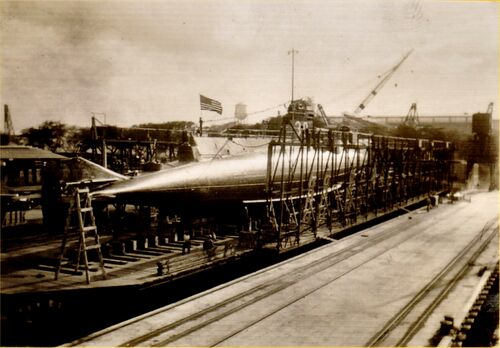
S-31 (SS-136)
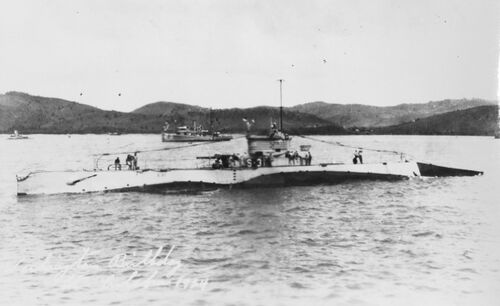
S-32 (SS-137)
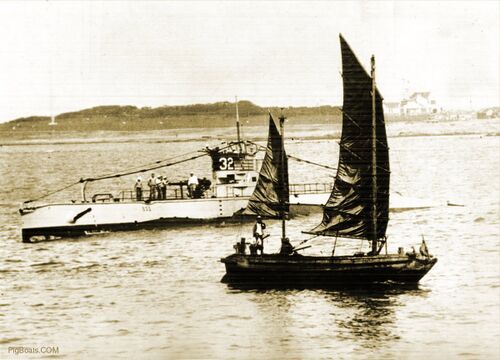
The photo is captioned on the back and states that the submarine is "...now stationed at Manila..." with a date of February 1, 1932. Though this same exact photo is seen in a newspaper story in late 1928 and says it is at Tsingtao (now Qingdao), China.
It is likely that the photo was taken in 1928 in or near a Chinese port and was later reused by a newspaper.S-33 (SS-138)
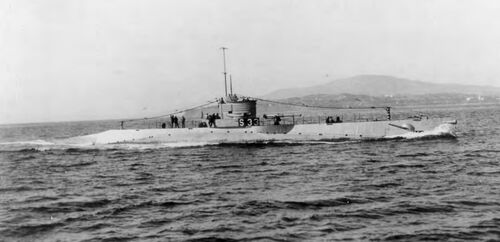
S-34 (SS-139)
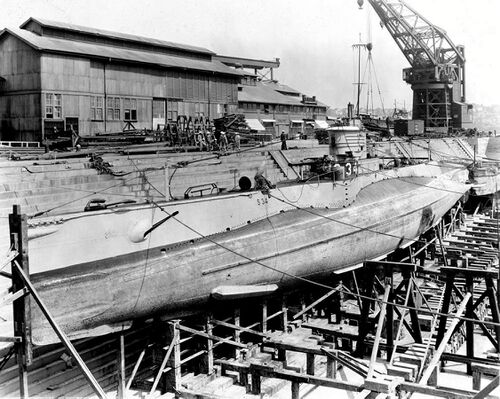
S-35 (SS-140)
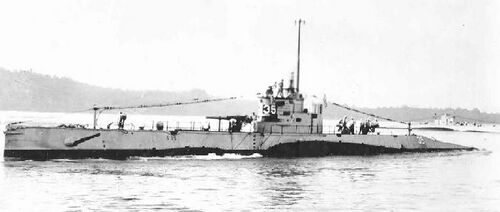
S-36 (SS-141)*
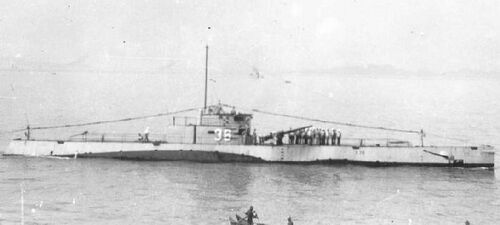
S-37 (SS-142)
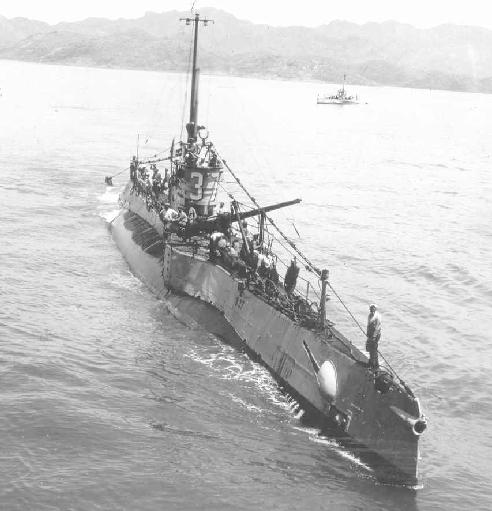
S-38 (SS-143)
S-39 (SS-144)*
S-40 (SS-145)
S-41 (SS-146)
Page created by:
Ric Hedman & David Johnston
1999 - 2023 - PigBoats.COM©
Mountlake Terrace, WA, Norfolk, VA
webmaster at pigboats dot com